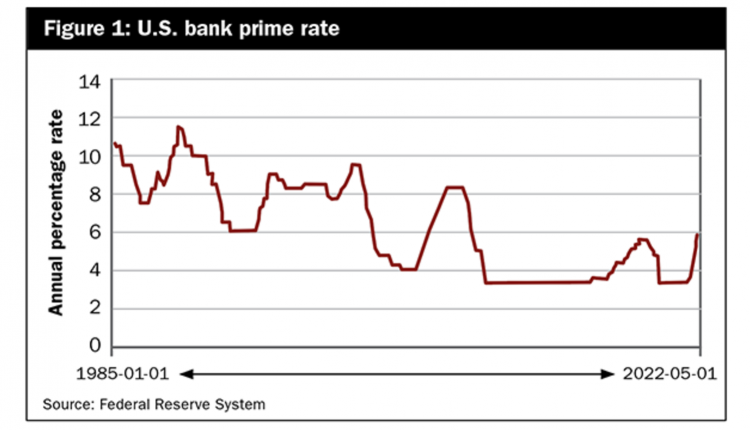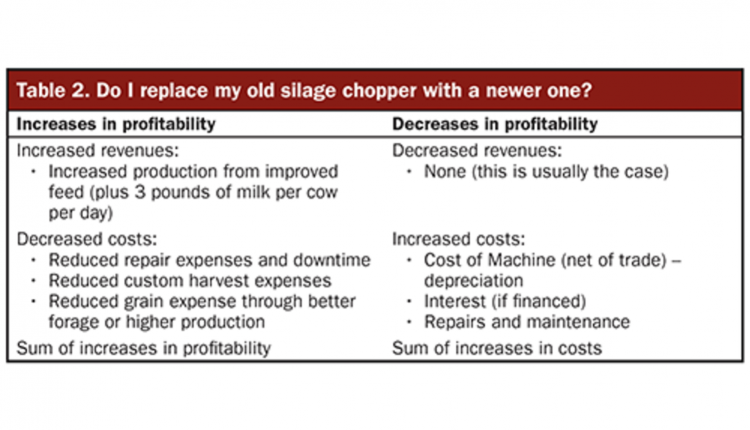The author is chief marketplace officer for Farm Credit East.
 Roger Murray
Roger MurrayThat’s an awful lot to stay on top of every day. But there’s more, as the business environment is constantly changing in ways both internal to your operation and in external ways, from the marketplace to research and knowledge.
The reality is that about 2% to 7% of dairy farms exit the industry in any given year. As this takes place, many other operations succeed and thrive across generations. It’s not just a size-based issue . . . while economies of scale certainly exist . . . because there are highly successful farms of all sizes. So then, what is the secret to success? What is the “sustainable competitive advantage” of these successful farms?
It must be a process
It’s tempting to want to cite a certain thing, an identifiable, tangible accomplishment, or an achievement of these farms. Perhaps it’s a certain herd size, production number, or other factor. But the reality is that, in a constantly changing world, for a competitive advantage to truly be sustainable, it can’t be a thing — it has to be a process.
Some examples from outside the dairy world may be illustrative. I was recently rereading an older business book that talked about leading companies of the day. It struck me that many of these companies, so highly regarded at the time, are either no longer in existence or have dramatically scaled back from their once lofty heights.
Think of companies like BlackBerry for mobile phones, Kodak for film and imaging, Blockbuster for home entertainment, Digital Equipment Company for computers and software, Kmart and Circuit City for retailing, and so many more. They were candles that burned ever-so-brightly for a time, then went dim and even flamed out. What went wrong? Why did these companies fail when others endured and succeeded?
As you might expect, it wasn’t any single thing that did these companies in. Many were highly profitable at their peak. They were well-capitalized and had very smart people on their staff. They held dominant market positions and had achieved significant economies of scale. In most cases, it wasn’t even anything that they did wrong.
Instead of anything internal to these organizations, the common thread in many of their stories is that they didn’t change — the world changed and they failed to adapt. It’s been said that the only truly sustainable competitive advantage is being adaptable in a changing world. Having a superior ability and desire to learn, to grow, to adapt, and to move quickly when necessary is really the “secret sauce” that separates those companies that endure from those that don’t.
Bringing it to dairy
Now, it may seem like a long walk to take a lesson from a computer company and apply it to a dairy farm. Although the industries and the details may be very different, there are some common threads.
Embrace the new. Always be aware of the world around you and open to new ideas. While the pace of technological change in dairy farming may not be as dramatic as in the computer industry, things do change, and it’s important to stay on top of what’s out there. Strive to always be learning, whether you’re 37 or 67 years old. And the one good thing that has come out of the pandemic is that access to information is easier now than ever. Virtual seminars can be downloaded and watched anytime without leaving the farm!
It takes a team. Recognize that you’re not alone in the supply chain. Most dairy farms are highly dependent on partners and circumstances outside their own farm. Whether it’s staying engaged with your cooperative or milk buyer, your feed supplier, lender, or other partners, working with them to be successful “together” is important.
Create a vision. Take a step back on a regular basis for strategic thinking. It can be tough on a small or mid-sized farm where the owner is usually fully occupied with the day-to-day operations, but it’s essential to make time for planning and high-level thinking periodically. Where do you want your business to be in five or 10 years? Where do you want yourself to be in that time frame? What trends do you see, internally and externally? Which capital needs provide the quickest payback?
Write it down. Put your plan down on paper, developing your timeline to implement and execute. Hold yourself accountable with regular updates on progress.
Evaluate the options. Finally, it bears repeating to strive to stay up to speed with new technologies and turn a critical eye to them. Not everything that comes down the pike is a good idea, and even then, not every good idea will make sense for your dairy business. But some of them might. Being open to change and innovation can help your business endure over time.
Go beyond average
A top dairy farm may have a number of competitive advantages, whether it’s having a high-yielding crop operation, an efficient milking parlor, or an exceptionally productive herd. But in the end, the world keeps moving. In 1990, the average U.S. cow’s production was 14,244 pounds, and the average yield for corn silage was 14.2 tons per acre. Today, those averages are 24,008 pounds and 20.5 tons, respectively. And that’s if you want to be average.
The lesson from all of this is that any given competitive advantage is ultimately fleeting. In the end, the only truly sustainable competitive advantage is being able to learn and move quickly, to seize opportunities, and to constantly better your operation and yourself.










